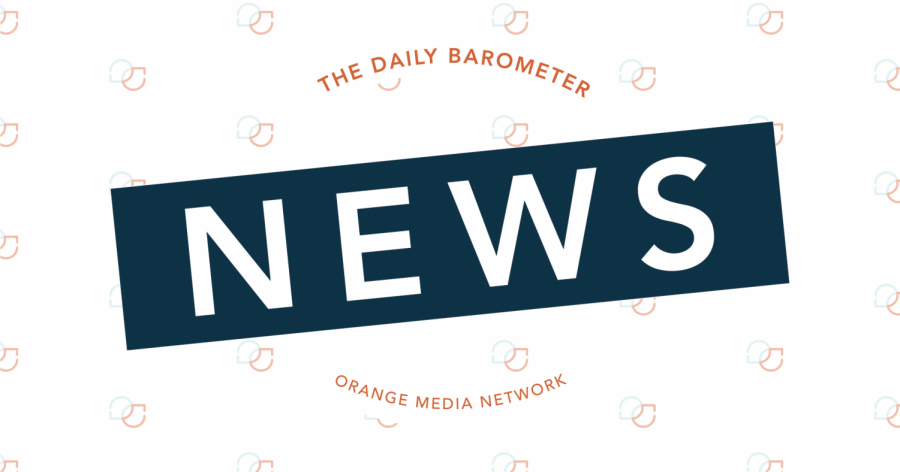Approximately $700 million will be provided to Oregon to improve internet access by dispersing these funds in areas lacking internet connectivity and speed.
The Biden-Harris Administration launched the Internet for All plan in 2022, which aims to provide everyone in the United States with internet access, according to the National Telecommunications and Information Administration. A total of $42.45 billion has been allocated nationwide, with Oregon receiving nearly $700 million from The Broadband Equity, Access and Deployment Program.
“Historically, when Congress wanted to invest in broadband, they sent funding to a handful of federal agencies, and those agencies made direct awards to Internet service providers,” said Nick Batz, director of the Oregon Broadband Office. “This time, Congress has asked for something totally different, and they’re asking the states to administer these funds.”
Each state received different funding amounts and the amount was determined by the state’s number of unserved locations relative to the national number of unserved locations. Unserved locations are where individuals have little to no internet access. According to Batz, around 62,000 people are considered unserved in Oregon.
The funds will first be dispersed to these unserved locations and then after, funds will be given to supply underserved locations. Batz refers to these locations as buckets where the funds will be provided to. The underserved are classified to have access below 100 megabits per second and over 20 megabits per second.
“There are about 122,000 Oregonians who fall into the (underserved) bucket.”
After serving the underserved locations with funds, any leftover funds will be given to community anchor institutions, such as hospitals, community centers, schools, city halls and libraries.
“I don’t anticipate that we’re going to have enough money to get to that third bucket, but we’ll see,” Batz said.
Oregon received an appropriate amount of funding in comparison to other states.
“Oregon did actually pretty well, better than we had anticipated based off of some projections that were coming out of consultants over the last year or so,” Batz said.
Batz said a large part of this specific funding amount was due to his team challenging the Federal Communications Commission to accurately portray the number of unserved locations in Oregon. They filed a statewide challenge in conjunction with the Association of Oregon Counties.
“We worked very closely with Senator Ron Wyden’s office on just making sure that the Department of Commerce and NTIA understood that the map didn’t accurately reflect the reality on the ground in Oregon,” Batz said. “I think that effort, which was at least half a year, paid off in the allocation.”
Batz predicts that Oregon will be granted its funds near 2025, as the process for obtaining these funds is relatively long. The Oregon Broadband Office must submit a five-year action plan, a digital equity plan, and an initial plan in the coming months.
While processing these plans, Batz encourages people to look into how they may be affected by this funding. He encourages people to go to the broadband office’s website to fill out a questionnaire so the office can provide information on how the state plans to spend these funds.
Batz also stresses the importance of checking if you may need higher-speed internet by going to the FCC’s national broadband map. Individuals can type their address in and the map will show you what services industry claims to provide certain internet speeds at your location.
“The accuracy of that national broadband map is very important because it will determine which locations ultimately are eligible for this funding.”
Batz added that users can report inaccuracies they find on the map.
“If it is inaccurate, which a lot of it is because it’s all industry reported, you can actually file a challenge with the FCC as an individual to say ‘hey, I call shenanigans on this. These guys don’t actually provide this service at my location,’” Batz said. “‘The best I have is an old DSL line that’s 25 over 3. I can’t do Teams meetings. I can’t do Zoom meetings. I call BS when they claim to provide service that’s 100 megabits per second over 20 megabits per second.’”
















































































































